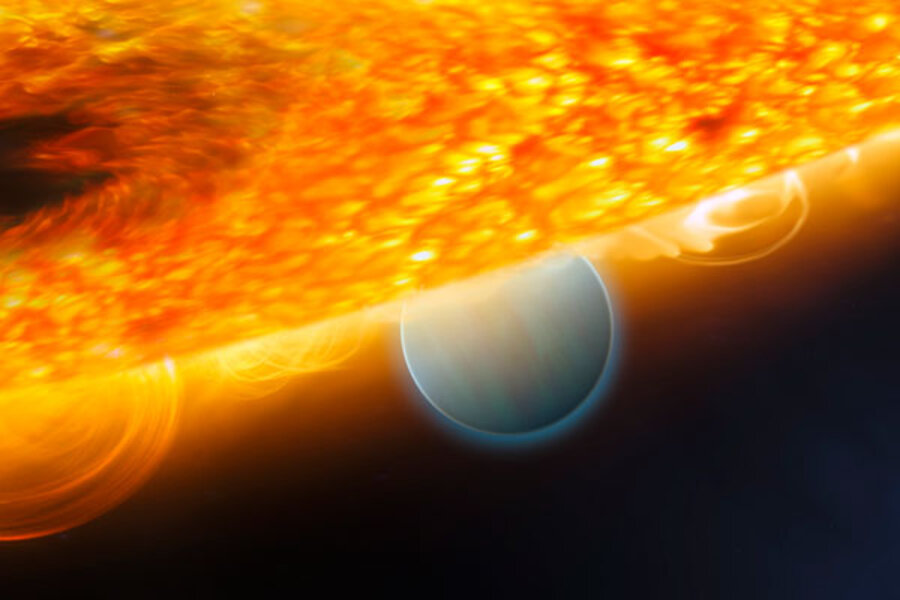Stars create gaps devoid of gas giants, study finds
Loading...
Gas giants, that is, planets like Jupiter and Saturn, tend not to orbit their star at just any old spot. Instead, they tend to prefer certain regions while staying clear of others.
Now, a new study reveals that these orbital "pile-ups" and "deserts" are actually caused by starlight itself.
Using computer simulations of young solar systems, astronomers Richard Alexander of the University of Leicester in the United Kingdom and Ilaria Pascucci of the University of Arizona's Lunar and Planetary Laboratory have found that powerful ultraviolet and X-ray emissions from the star tend to carve out empty spaces.
Planetary systems begin as a spinning disk of dust and gas particles, some of which eventually clump together by gravity to form planets, moons, asteroids, comets, and other bodies.
"The disk material that is very close to the star is very hot, but it is held in place by the star's strong gravity," said Alexander in a press release from the University of Arizona. "Further out in the disk where gravity is much weaker, the heated gas evaporates into space."
Around a star like our sun, these gaps – where the gas has evaporated – appear about 100 million to 200 million miles from the star.
"The planets either stop right before or behind the gap, creating a pile-up," said Pascucci in the press release. "The local concentration of planets leaves behind regions elsewhere in the disk that are devoid of any planets. This uneven distribution is exactly what we see in many newly discovered solar systems."
Oddly enough, this does not seem to occur in our own solar system. Earth orbits the sun at an average distance of about 93 million miles, which is about where a gap should occur. Jupiter, the gas giant closest to our sun, orbits at a distance of about 500 million miles.
Time will tell if Alexander and Pascucci's model is correct. As the Kepler space telescope detects more planets, we should expect to see pileups of gas giants at about 100 million to 200 million miles from their sun.
Alexander and Pascucci's study appears in the journal Monthly Notices of the Royal Astronomical Society.








